Ernst Haas


- Ernst Haas was a photojournalist and a pioneering color photographer born on March 2, 1921 in Austria.
- Haas was uninterested in learning photography as a child, though his father tried to share his interest. Upon his father’s death in 1940, Haas first entered the darkroom, learning to print old family negatives. His interest grew, and he soon began to take his own photographs.
- Haas was inspired and fascinated by the natural world, and took photographs of the elements throughout his career. He used abstract elements such as shapes, textures and line and then edited his works using different colours by colour correction.
- In addition his coverage of events around the globe after World War II made him an early innovator in color photography. His images were the subject of the first single-artist exhibition of color photography at New York’s Museum of Modern Art.
- His book The Creation (1971) was one of the most successful photography books ever, selling 350,000 copies.
- He died on September 12, 1986


I was inspired by his use of light in reflections on the water to recreate the same style.
Moholy Nagy

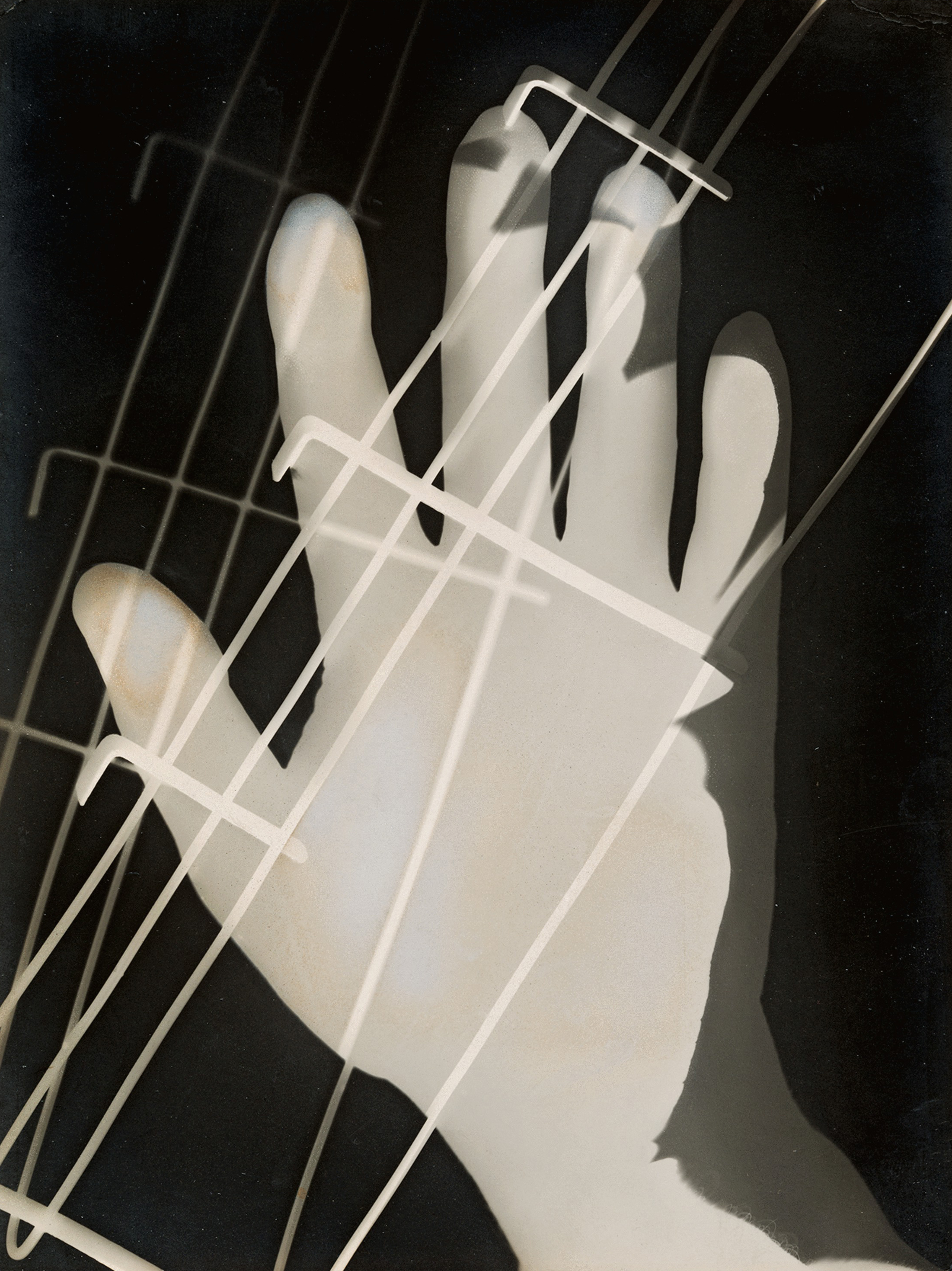
- László Moholy Nagy, born on July 20th, 1895, was a Hungarian painter and photographer as well as a professor in the Bauhaus school.
- He served in the Austro-Hungarian army during World War I and realized quickly that neither law nor military suited him.
- After leaving the army, he began to take evening classes in life drawing and soon moved to Vienna to join a group of artists. Although he had taken class’, Moholy-Nagy knew very little about art. A group of artists and activists named “MA” became his teachers.
- By 1922 he had started his experiments in photography and his first experiments were with photograms. His work was in collaboration with his current wife at the time and his friend, Man Ray. Only a year later, he was invited to teach at the Bauhaus School in Germany.
- Moholy-Nagy’s interest in qualities of space, time, and light were presented throughout his different media’s. He was ultimately interested in studying how all these basic elements interact.
- He died on November 24th, 1946
- After his death, in 1947 his book Vision in Motion was published. His thinking and style advanced photography as an art and even got his work into the International Photography Hall of Fame and Museum in 1984.

I was inspired by his use of the negative effect in his photos, especially when used on portraits to portray the style of abstraction.
Image Analysis

In the image above, Ernst Haas applies the Rule Of Thirds method to give the image an off-center composition. This gives the image a more natural feel which is appropriate as the photo is of a street scene. It creatively makes use of the negative space by having the shadows of the man and cart to the left.



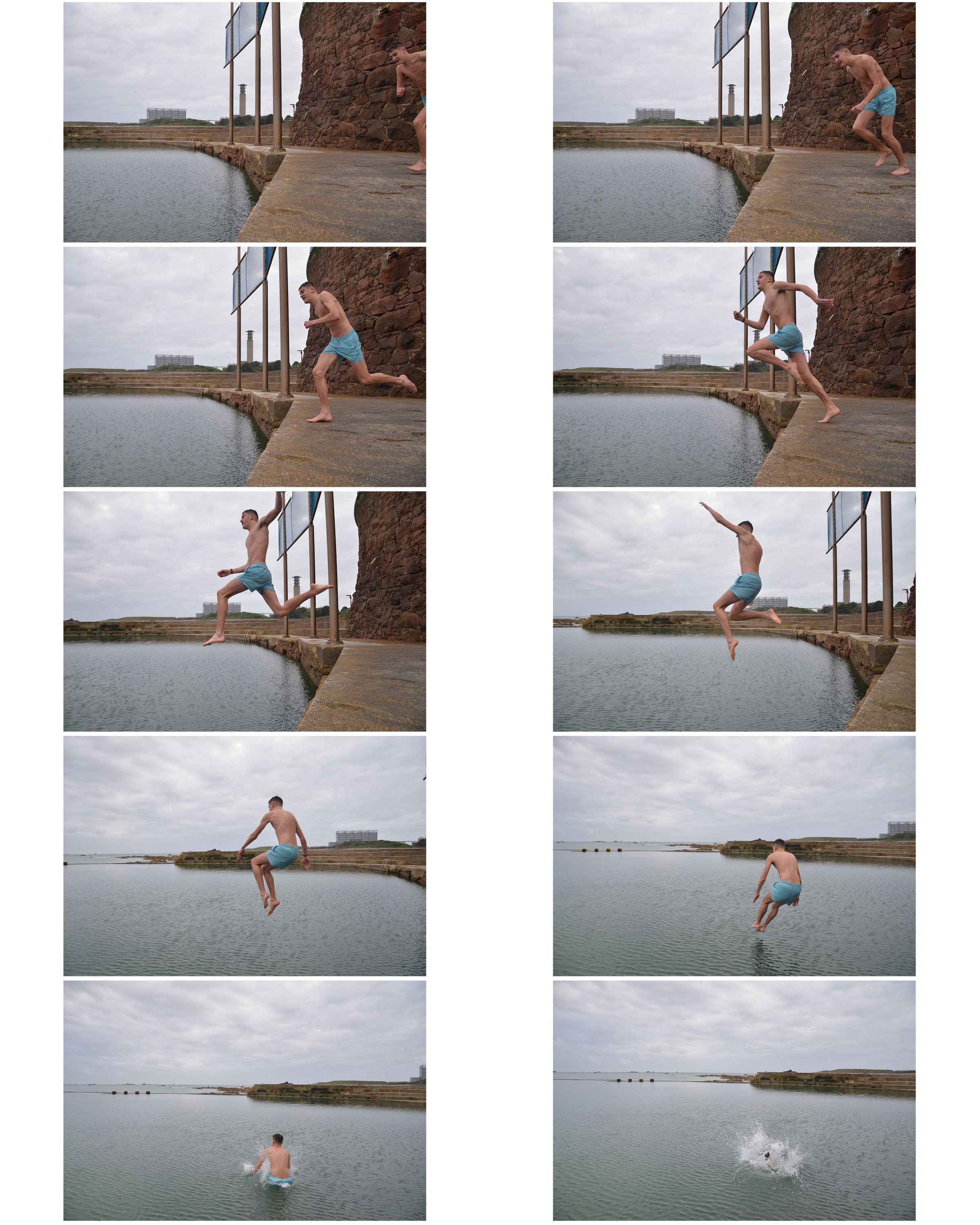
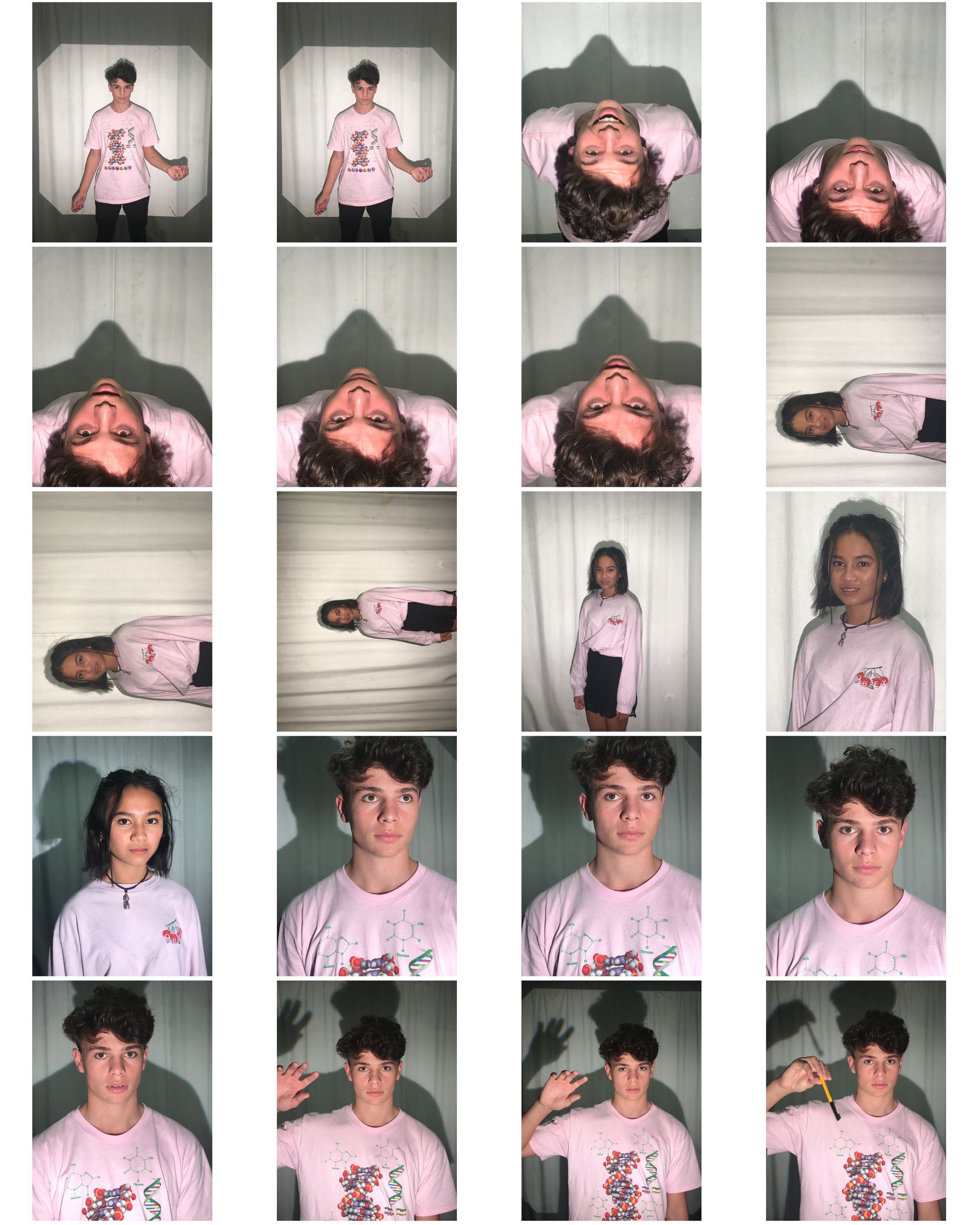
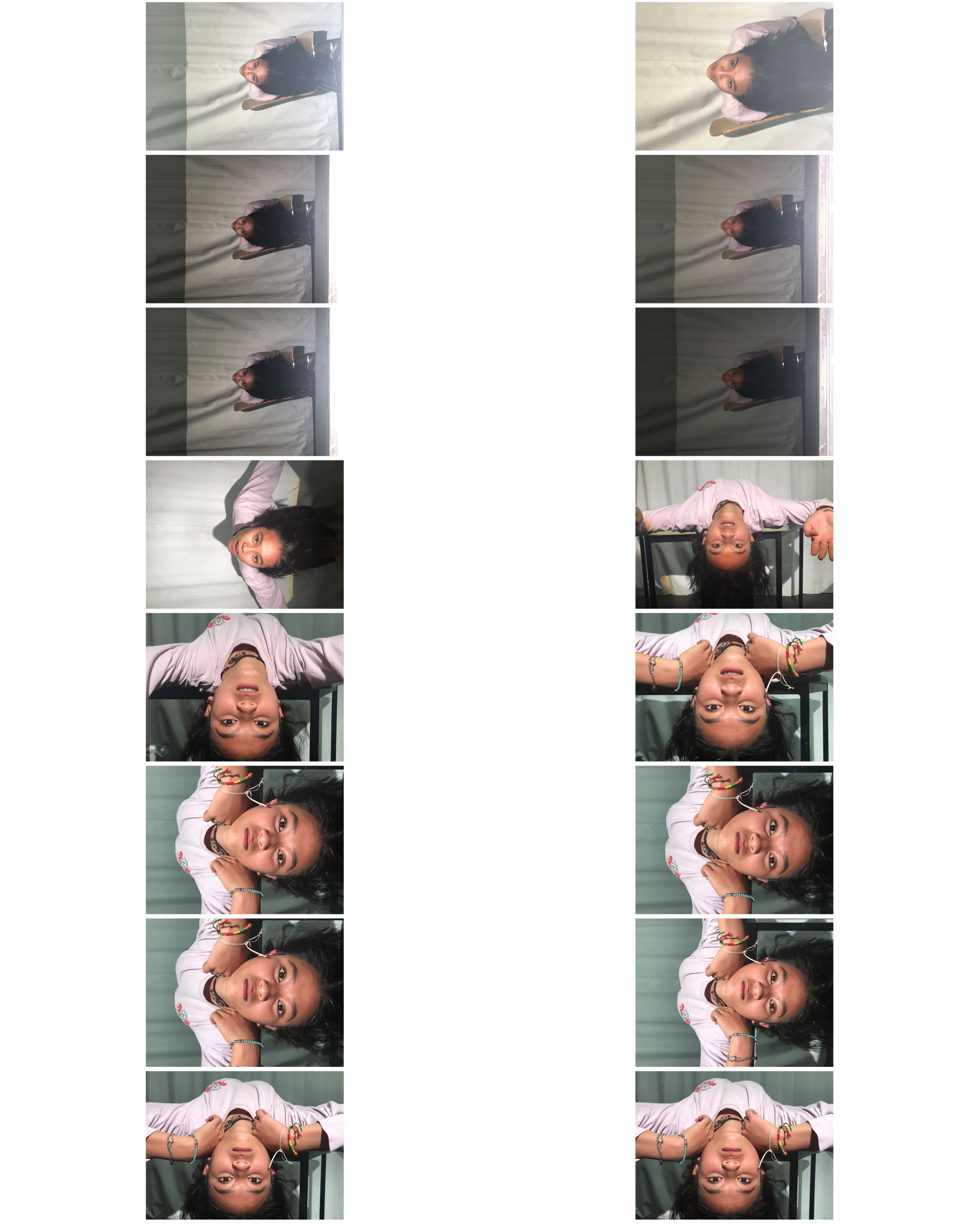


Edits


I liked the two images above and decided to edit it into one as if the legs had gone through the water and came back out at the top of the photo.
 I made two versions of this image. On one I used the rule of thirds to make use of the dark negative space in the background to give the subject the focus. I cropped the other to show off more of the abstract detail in the facial features.
I made two versions of this image. On one I used the rule of thirds to make use of the dark negative space in the background to give the subject the focus. I cropped the other to show off more of the abstract detail in the facial features.

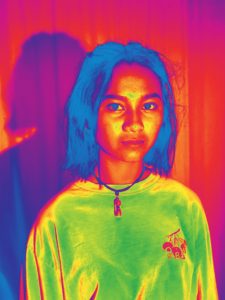
I decided to play around with other filters like the negative one such as infrared.

I used overlays of shapes with less opacity , like Moholy Nagy’s work, on a simple image like this one to emphasize the wooden planks that can be seen through them
I also used overlays of the same image like the one below but brought them closer to give a double vision effect.
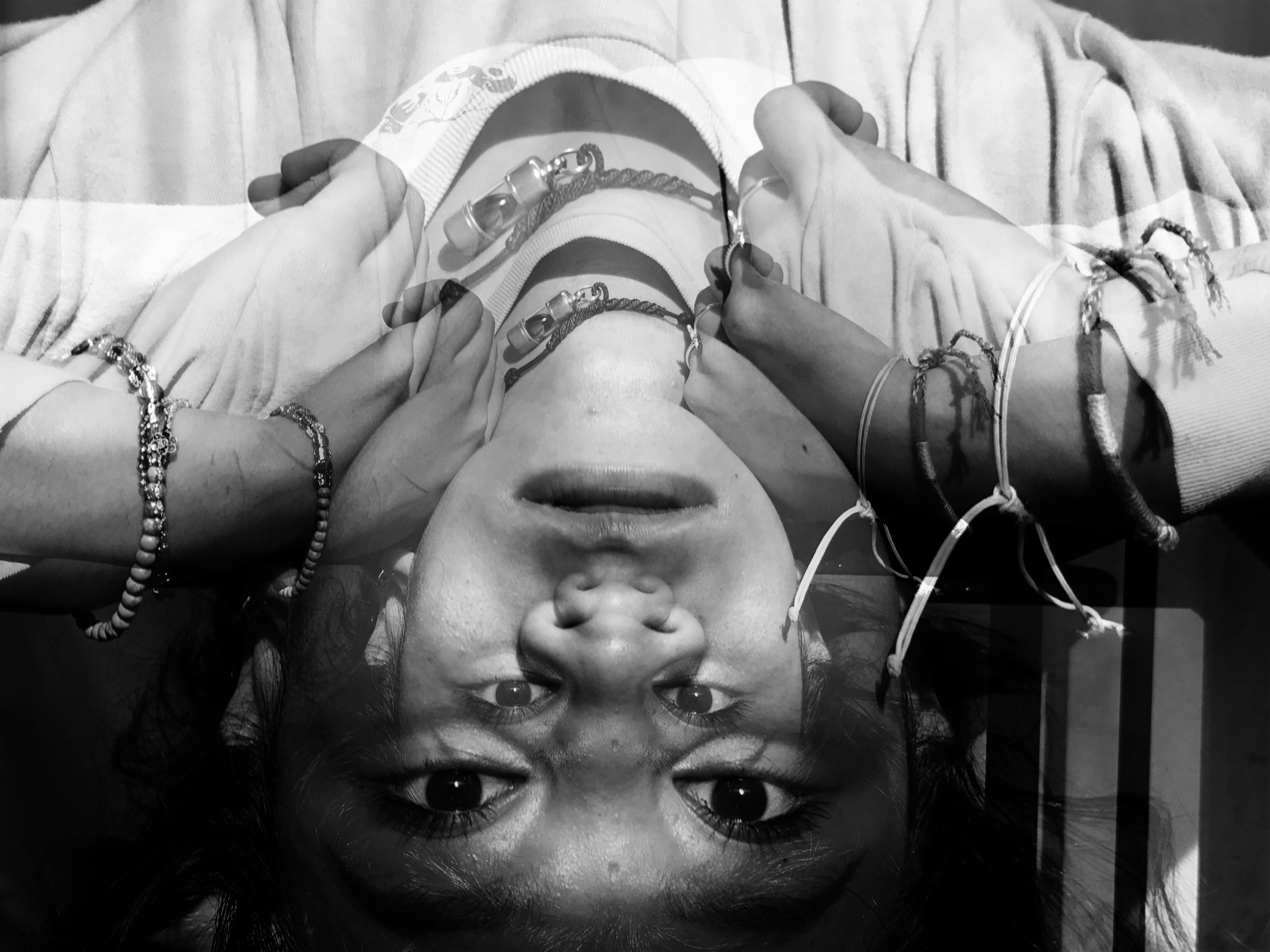

I decided to see what this image would like if I made it negative.


I feel this image has an older looking style due to its grain. The shadows of the subjects push them forward allowing the focus to be on them.
When creating this image, I changed the hue to an orange tone and increased the saturation. I felt it emphasized the wavy line that crosses the center of the image.


